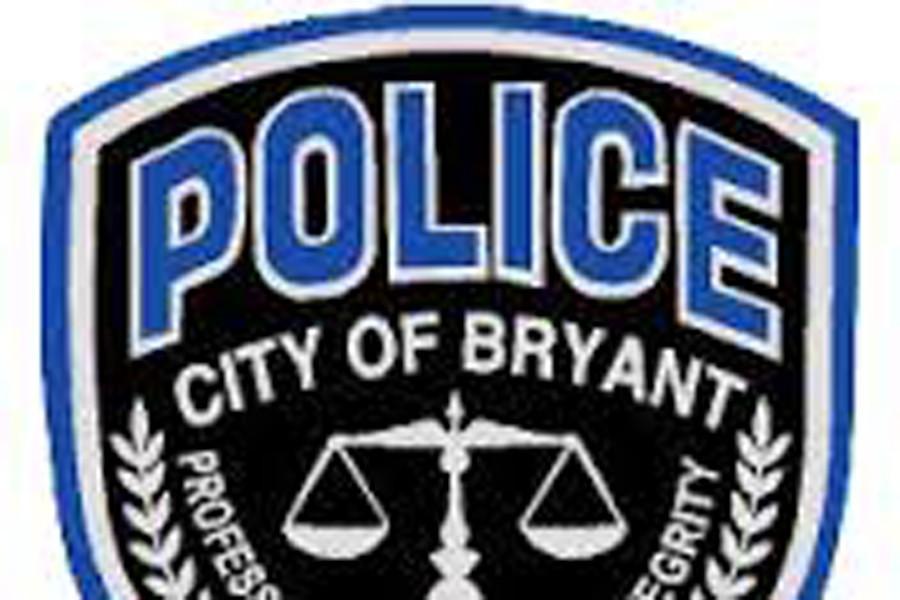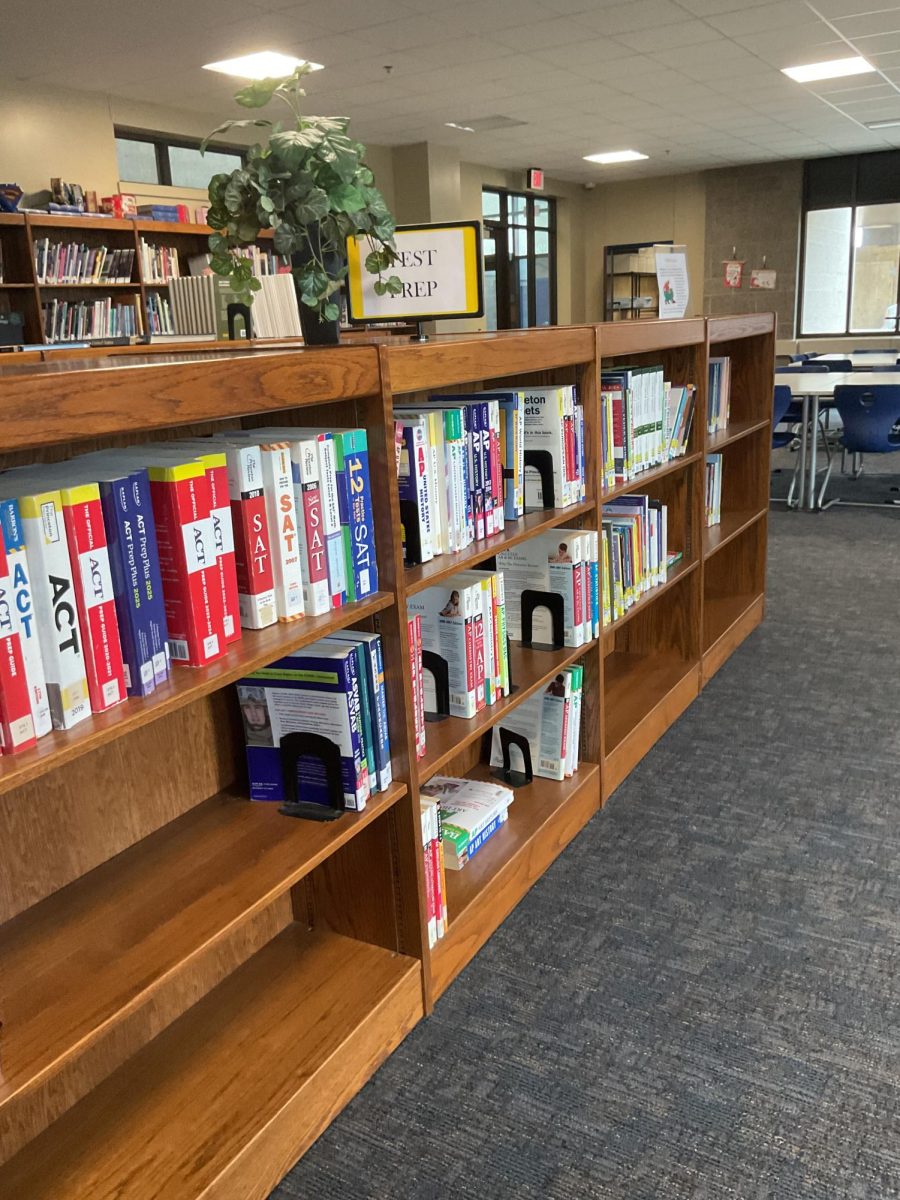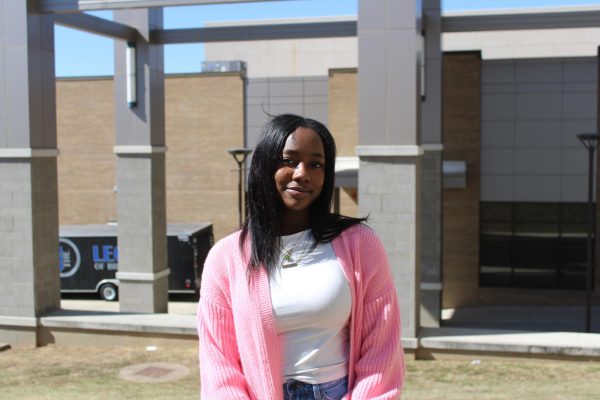The Role of Police in Schools
January 12, 2016
Law enforcement involvement in schools has become an increasingly controversial topic as issues such as police brutality have escalated on a national level. A video of a South Carolina student being flipped over her desk and dragged across the floor by a resource officer is one of many videos that has gained attention on social media regarding police brutality.
The role of police has been questioned by media and the general public, extending to the officers in schools.
Bryant has seven officers assigned to the district.

“[Having SROs] prevents school shootings,” junior Ashlin Kizer said. “If they weren’t here, I feel like we’d be more prone to it. If they weren’t here and it did happen, the community would be really upset that there wasn’t someone here to help. Yeah, people complain, but if something happened and we didn’t have anyone here, they’d be upset too.”
Kizer’s father, Mark Kizer, is the Bryant police chief, so media’s portrayal of police officers has a direct effect on her.
“My point of view is that police officers are here to protect us,” Kizer said. “There are bad ones, like in everything, there’s going to be a little bad. I don’t get mad [about police criticism], but I know how it feels to have a family member go out and put themselves in danger. They don’t do that for their own good. There are some that are more ignorant. But there are officers who want to help the community and help other people.”
Media scrutiny of police officers has sparked debate and movements such as the Black Lives Matter campaign
“[Social media scrutiny] has allowed more people to see when abuses of power occur,” senior Marissa Gaspard said.
The national response to multimedia evidence of police brutality has affected the workings of police departments across the nation, encouraging use of technology such as body cameras to monitor both police and potential criminals.
“In light of what recently happened in South Carolina, schools need to have more intensive screening when hiring police officers in schools,” Gaspard said.
The program currently in place for Bryant SROs requires officers to attend a state or national-level training course, which is 40 hours of school-related training. Additionally, SRO applicants must submit a letter, go through an interview process and be selected by both the school and police administrators.
“I don’t think [the scrutiny] has any affect on our program,” Seargant Paul Tarvin said. “There are incidents that get national attention, some rightly so. Officers do sometimes make mistakes, they’re human. An officer also has taken an oath that they will stand between you and danger. They say, ‘I will risk my safety so that you remain safe.’ I believe that we all have a human tendency to look at an incident that a member of that group did and assume that applies to all.”
The seven SROs working within the district aim to be “visible and available,” hoping to not only prevent school shootings but also help with minor crimes and traffic issues.
“We want to create a safe and secure environment for students, teachers and employees of the Bryant School District,” Tarvin said. “We also want students to have positive interactions with law enforcement. This is a learning environment. We want students to learn that the police are here to protect you and help where we can.”





Shalana Williams | Jan 29, 2016 at 9:14 am
I feel like its a good thing to have law enforcements on schools campus to help contribute to make our school safe. its only an issue when law enforcements take there jobs to the next level and using brutal conduct on unharmed students.